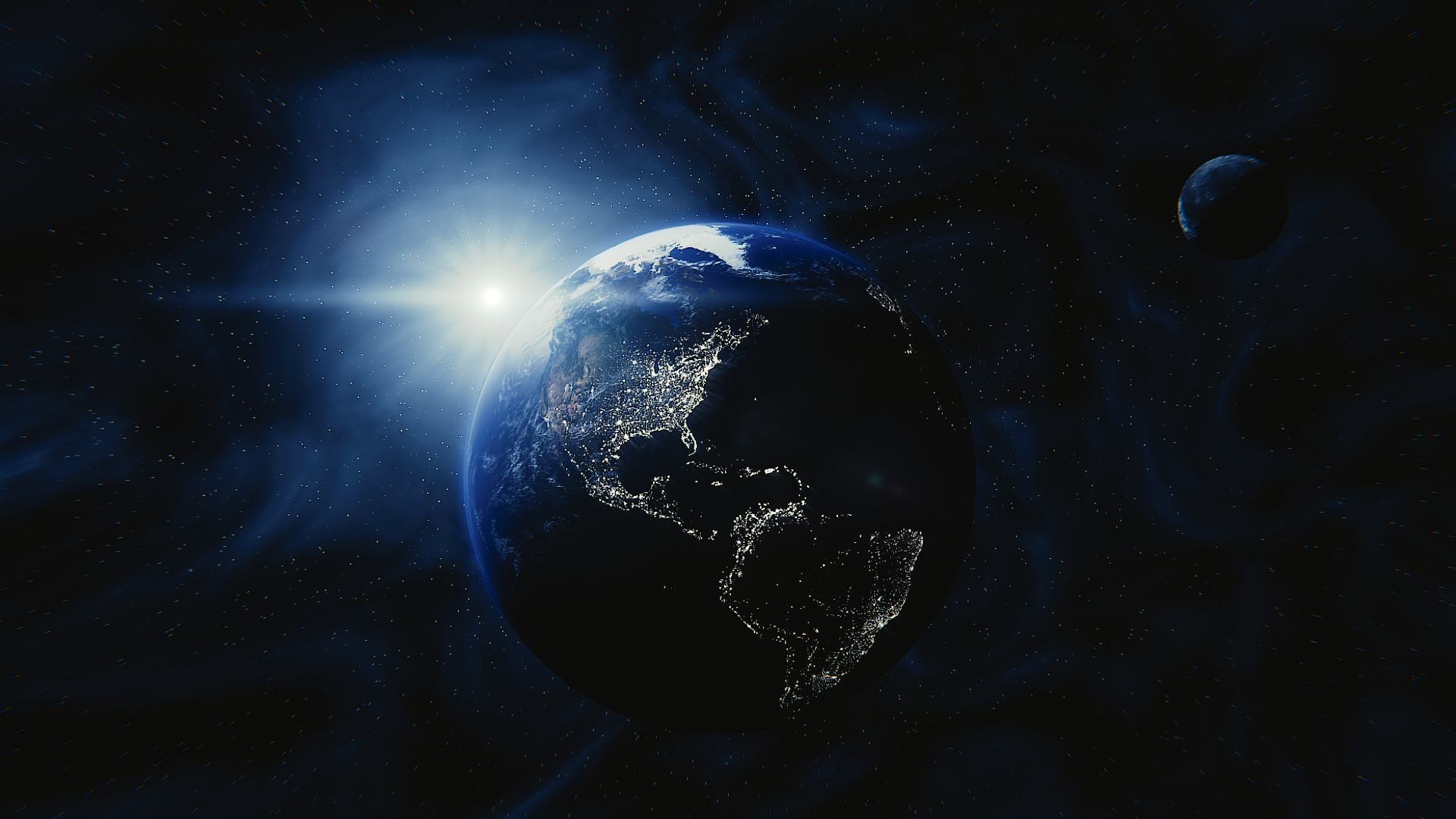
The Anthropocene as the age of world urbanization
Urbanization
The urban environment is to humans what the anthill is to ants or the termite mound to termites: the “nest”. Who says urban environment therefore says high density of humans.
The urban environment totally depends on abundant energy (and therefore on the extraction and transformation of fossil resources), since it produces very few basic necessities and therefore involves significant flows of energy for its supply.
Urbanization is a global and recent phenomenon marked by an exceptional growth: 55% of the world's population nowadays lives in urban areas, compared to 5% in 1800 [1].
2007 would correspond to the tipping point from which more than half of the world's population lives in urban areas [1].
The evolution has been very rapid from 1950, in connection with the "Great Acceleration": urban population increased from 750 million inhabitants in 1950 to 4.2 billion in 2018 [2].
Kinds of totally "artificialized" islands, urban environments are "Anthropocene concentrate" as they exacerbate the different facets of the Anthropocene: strong artificialization of the soil, rapid and dense human and material flows, complete decoupling between causes (lifestyle ) and consequences (impacts on the environment)...
Urban environment are very concrete spaces, which considerably limits the expression of life in its "non-human" forms. Urbanization thus contributes to the destruction of natural habitats, which is the main cause of the current biological collapse [3].
We can however recognize a positive side to urbanization: by concentrating populations on "small" spaces, it makes it possible to limit the spread of housing and the artificialization of soils.
Key messages
Urbanization is a recent phenomenon, because it depends on an abundant and cheap energy, typically that derived from fossil resources. This energy is essential to ensure the many flows of goods and people intrinsic to a urban environment.
The phenomenon has been growing rapidly for about two centuries. 2007 would correspond to the tipping point from which more than half of the world's population lives in urban areas (compared to approximately 5% in 1700) [1]. Today, approximately 55% of the world's population lives in urban areas [1].
The evolution has been particularly rapid from 1950, in connection with the "great acceleration": the urban population increased from 750 million inhabitants in 1950 to 4.2 billion in 2018 [2]. This sudden increase is linked to the increase in the overall population and to the growing share of the population living in urban areas.
In 2010 in France, urban space (cities with more than 2,000 inhabitants) concentrated 77.5% of the population and occupied 22% of the surface of the territory, an area that has increased by 19% in ten years [4]. In 2020, 80% of the French population lived in urban areas [5].
Currently, the strongest dynamics of urban growth are logically linked to places where the population is increasing sharply, particularly in South America, Africa and Asia.
Images: Aerial view of Shanghai in 1985 (top image) and 2022 (bottom image); the comparison of the 2 views illustrates the suddenness and extent of urbanization in China.
Source of images: Google Earth (https://earth.google.com).
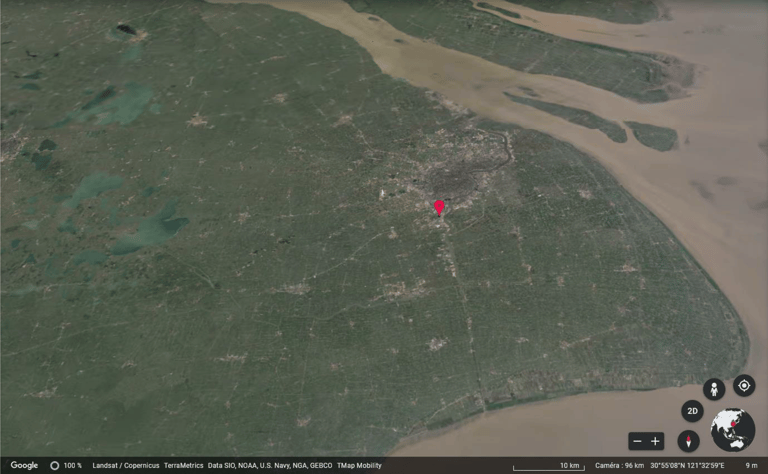

Urban growth is a recent and global phenomenon
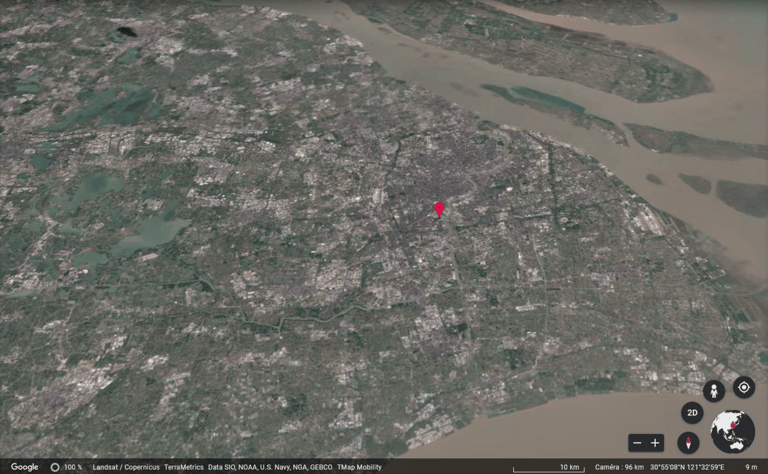

Shanghai in 1985
Shanghai in 2022
In 2018, there were just under 500 cities with a population between 1 and 5 million inhabitants [2]. Megacities with more than 10 million inhabitants, which numbered 4 in 1975, numbered 34 in 2018 [2].
In addition to the energy needed for the large flows of people and goods it implies, the urban environment is a major consumer of energy for the functionning (heating, lighting, etc.) of the countless buildings that make it up. In total, the energy consumption of buildings (residential or tertiary) is responsible of more than 15% of global CO2 emissions [6].
From top to bottom and left to right: Bangkok in Thailand, Tianjin in China, Paris in France, Kuala Lumpur in Malaysia, Hong Kong in China, Dubai in Qatar and New York in the United States.
Source of images: Pixabay.
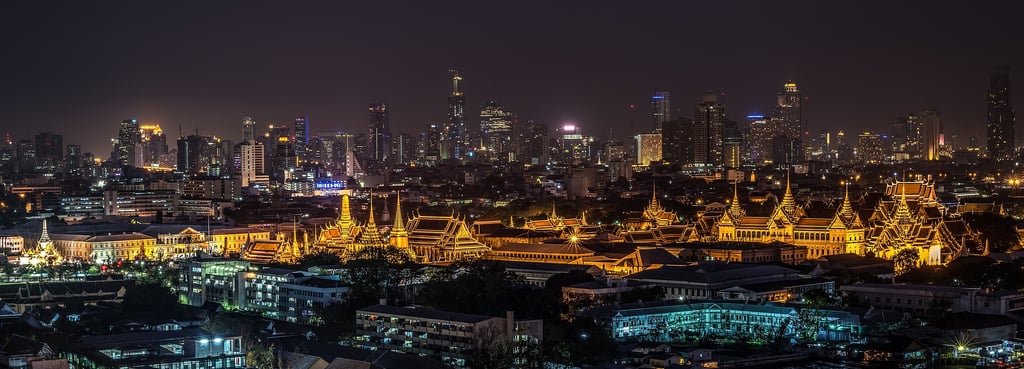

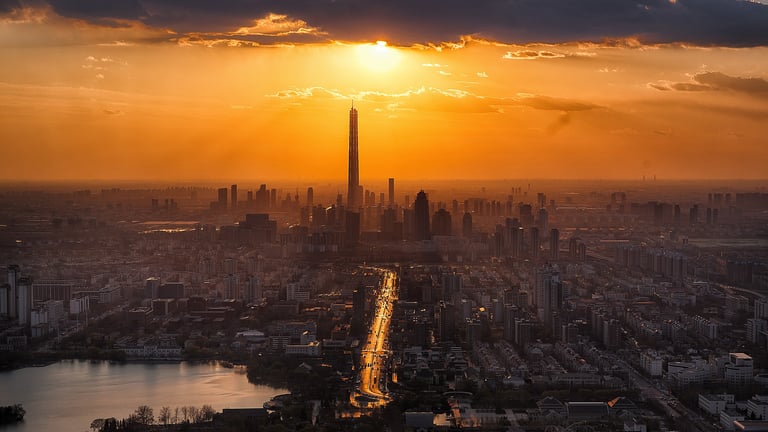

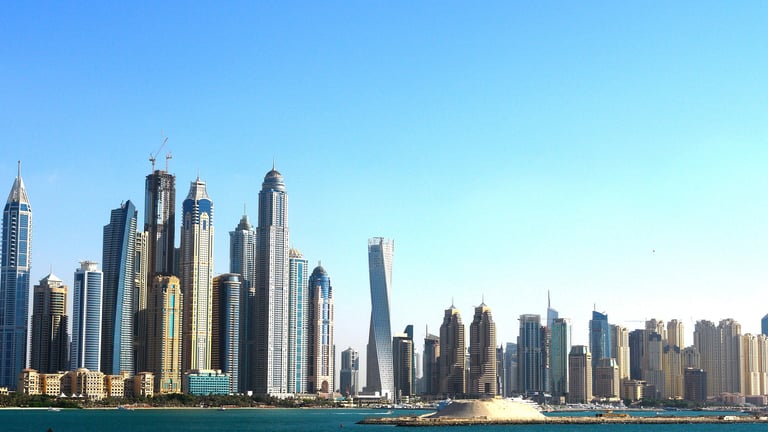

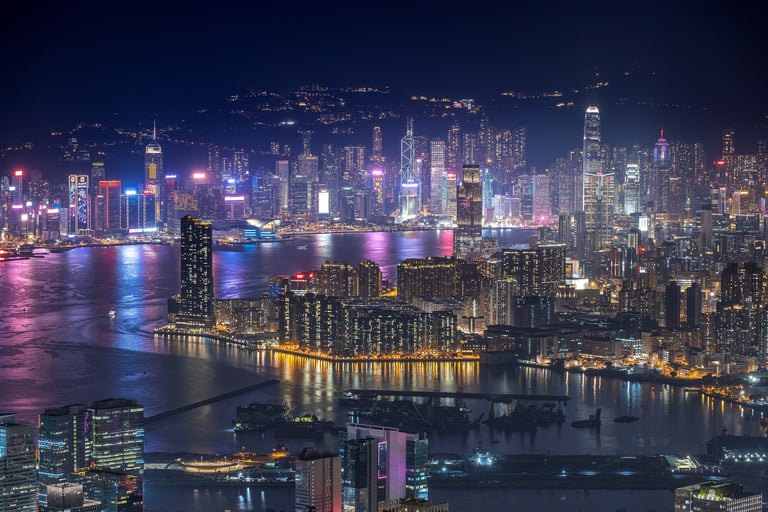
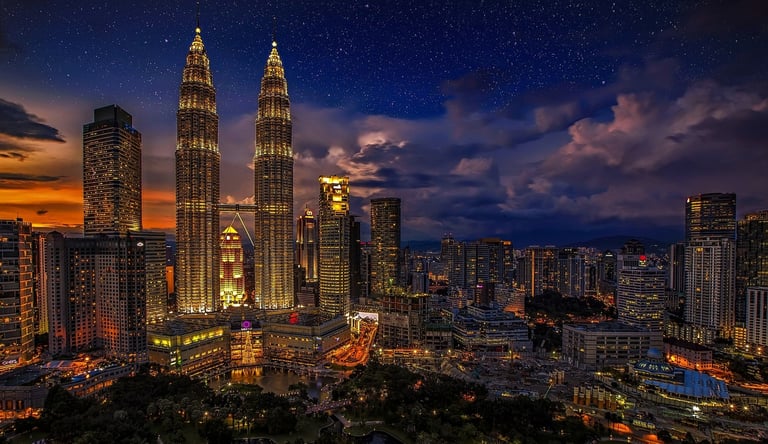






Cities are emerging and growing all over the world
Urbanization does not only involve massive energy consumption and the emission of greenhouse gases. Above all, it induces major land surface changes, with a very strong artificialization of the environment. Urbanisation thus contributes to the destruction of natural habitats, which is by far the main cause of current biological collapse [3].
Concreted, sanitized and homogenized spaces on large areas, urban environments are contradictory with biological diversity: they are unsuitable spaces for the life of many "non-human" beings.
Images: city of Lyon in aerial view with two different zoom levels.
Source of images: IGN (https://macarte.ign.fr/).
Urbanization destroys natural habitats
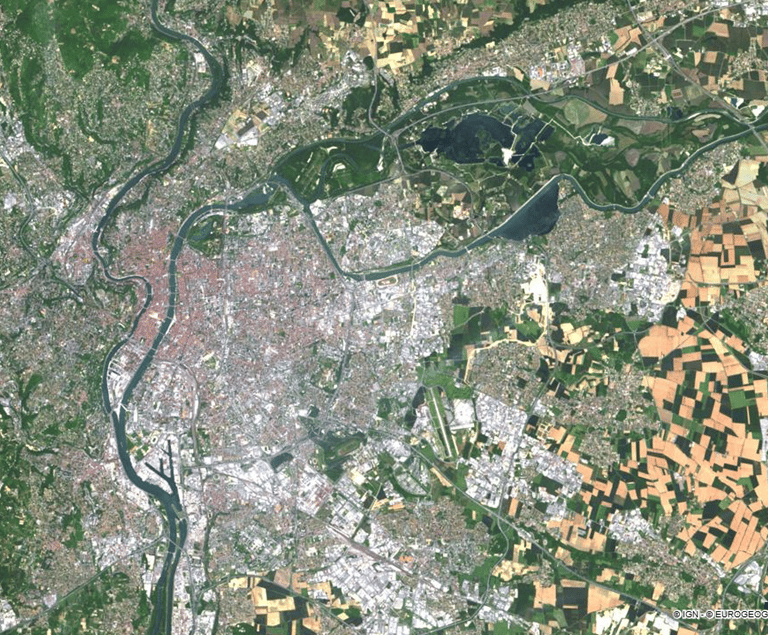


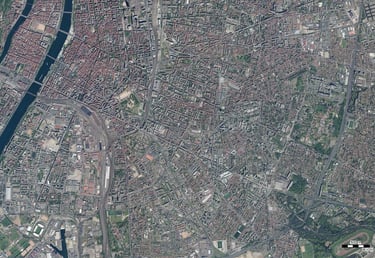
References
[1] H. Ritchie et M. Roser, « Urbanization », Our World in Data, 2018. https://ourworldindata.org/urbanization
[2] United Nations, Department of Economic and Social Affairs, Population Division, « World Urbanization Prospects 2018: Highlights », 2019. [En ligne]. Disponible sur: https://population.un.org/wup/publications/Files/WUP2018-Highlights.pdf
[3] WWF, « Living Planet Report − 2020: Bending the curve of biodiversity loss. Gland, Suisse », WWF, Gland, Suisse, 2020. [En ligne]. Disponible sur: https://www.worldwildlife.org/publications/living-planet-report-2020
[4] Clanché, F. & Rascol, O. Le découpage en unités urbaines de 2010. Insee Prem. 1364, 1–4 (2011). Disponible sur: https://www.insee.fr/fr/statistiques/1280970
[5] Insee, « Toujours plus d’habitants dans les unités urbaines - Insee Focus - 210 », 2020. https://www.insee.fr/fr/statistiques/4806684
[6] H. Ritchie, M. Roser, et P. Rosado, « CO₂ and Greenhouse Gas Emissions », Our World in Data, 2020. https://ourworldindata.org/co2-and-greenhouse-gas-emissions
